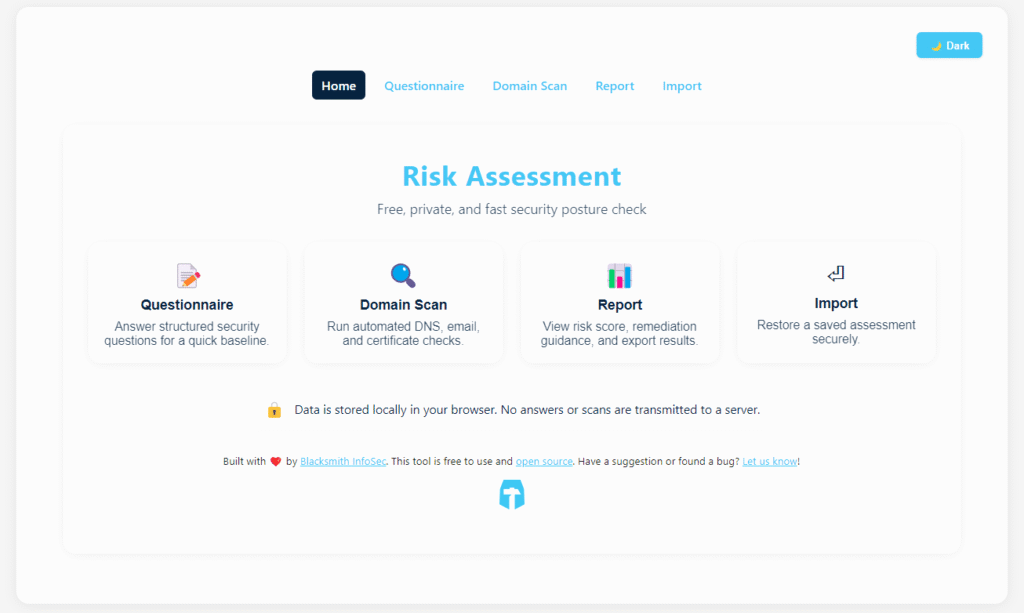Overview
In early July 2025, Ingram Micro — one of the world’s largest distributors of IT products, cloud services, and technology solutions — was struck by a significant ransomware attack that disrupted its global operations, rippled through the tech supply chain, and serves as a warning for organizations everywhere. The incident was quickly linked to the SafePay ransomware group, a relatively new but increasingly active threat actor known for targeting large enterprise and supply chain targets with “double-extortion” campaigns.
Timeline of the Attack
-
July 3, 2025: Employees began to report ransomware notes on their computers. Customers worldwide lost access to Ingram Micro’s website and ordering systems.
-
July 4-5, 2025: Ingram Micro proactively shut down internal systems, including its AI-powered Xvantage platform and Impulse licensing portal, to contain the breach. The company publicly acknowledged a ransomware attack and stated that systems had been taken offline as a precaution.
-
July 6-8, 2025: Forensic analysis and response operations continued. Reports indicated the attackers accessed the network via Ingram Micro’s GlobalProtect VPN using stolen or brute-forced credentials — an increasingly common vector in high-profile ransomware incidents. The company began gradually restoring core services.
-
July 9-10, 2025: Ingram Micro announced that operations were back to normal in all global markets, though downstream partners and customers faced ongoing impacts from the disruption.
-
July 29-30, 2025: The SafePay group threatened to leak 3.5TB of data allegedly stolen from Ingram Micro unless a ransom was paid, heightening the extortion pressure and raising concerns about sensitive business and customer data exposure.
How the Attackers Got In
SafePay, a group that surfaced in late 2024, specializes in gaining access to corporate networks using two main tactics:
-
Credential-based attacks, including password-spraying against VPN gateways.
-
Use of stolen credentials purchased from dark web markets.
For Ingram Micro, the initial breach reportedly exploited misconfigured or inadequately protected GlobalProtect VPN infrastructure, allowing SafePay to move laterally, deploy ransomware, and exfiltrate company data without detection for several weeks.
The Impact
-
Systems Down: Ingram Micro’s digital commerce, order processing, and cloud license provisioning systems were unavailable for several days, paralyzing transactions for tech resellers, MSPs, and vendors globally.
-
Supply Chain Disruption: The outage prevented hardware and cloud product shipments, forcing downstream partners to seek alternatives—a sharp reminder of the critical role distributors play in the IT ecosystem.
-
Financial Losses: Analysts estimated Ingram Micro lost as much as $136 million in revenue per day during the crisis window.
-
Double Extortion: SafePay claimed to have stolen sensitive financial, legal, and intellectual property data, threatening to leak 3.5TB unless paid.
-
Reputational Damage: The prolonged outages and communication gaps drew criticism from customers, competitors, and industry observers.
Lessons for the IT Sector
-
VPN and Identity Weaknesses: The attack underscores how vulnerable even major enterprises are to credential-based attacks on VPN systems, especially where MFA, password hygiene, and patching lag.
-
Double-Extortion Pressure: The threat of both encryption and data leaks is now standard for ransomware—organizations must plan not only for system recovery, but for privacy and legal exposure.
-
Supply Chain Risk Amplification: The incident shows how the compromise of a single distributor can cause delays and confusion across a multitude of dependent businesses.
Conclusion
The Ingram Micro hack is one of 2025’s most disruptive supply chain ransomware events — demonstrating the operational, financial, and reputational impact these attacks now routinely inflict. As of July 30, 2025, the company has restored global services, but must still grapple with extortion threats and ongoing forensic investigation. The case is a stark reminder to prioritize identity security, VPN hardening, and incident response strategies — especially for organizations whose operations underpin critical industry supply chains.
Sources:
https://www.ingrammicro.com/en-us/information
https://www.msspalert.com/news/ingram-micro-working-through-ransomware-attack-by-safepay-group
https://www.blackfog.com/how-ingram-micro-overcame-a-major-ransomware-attack/



